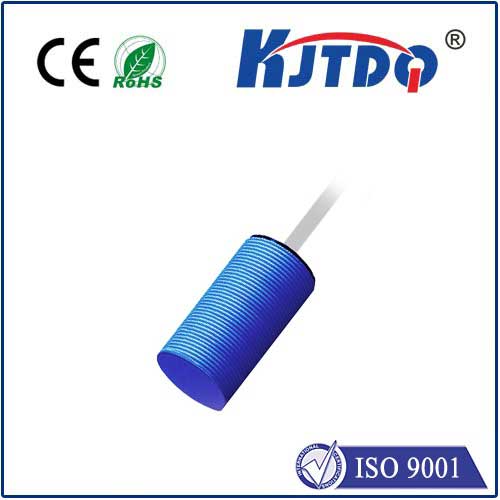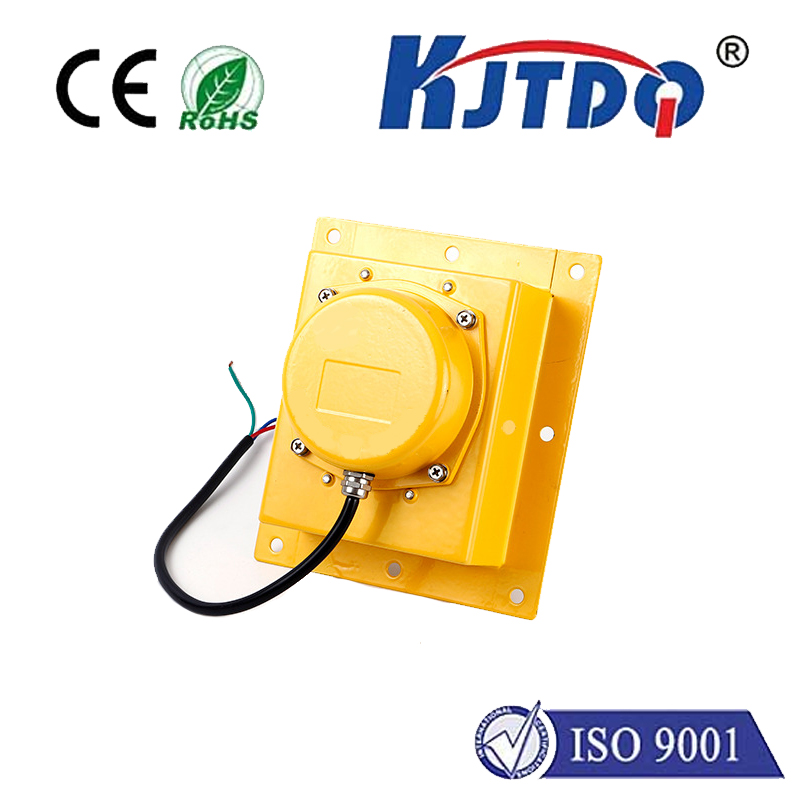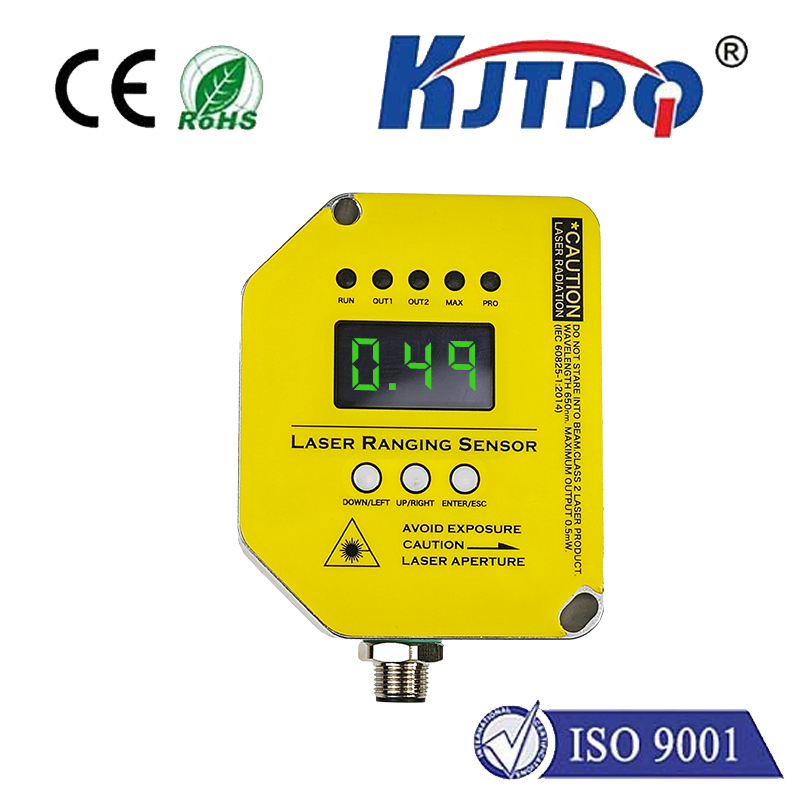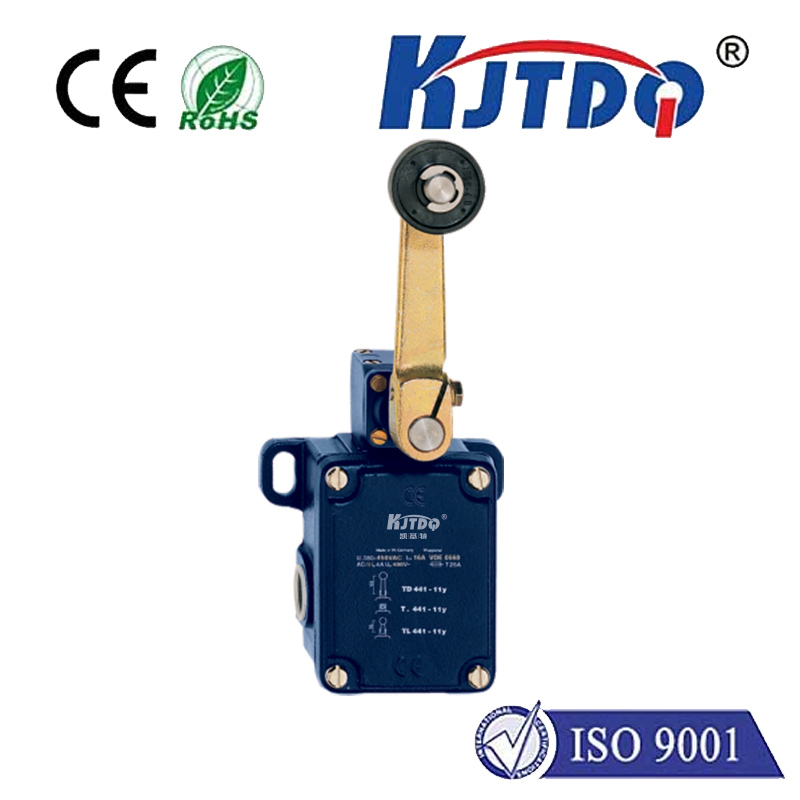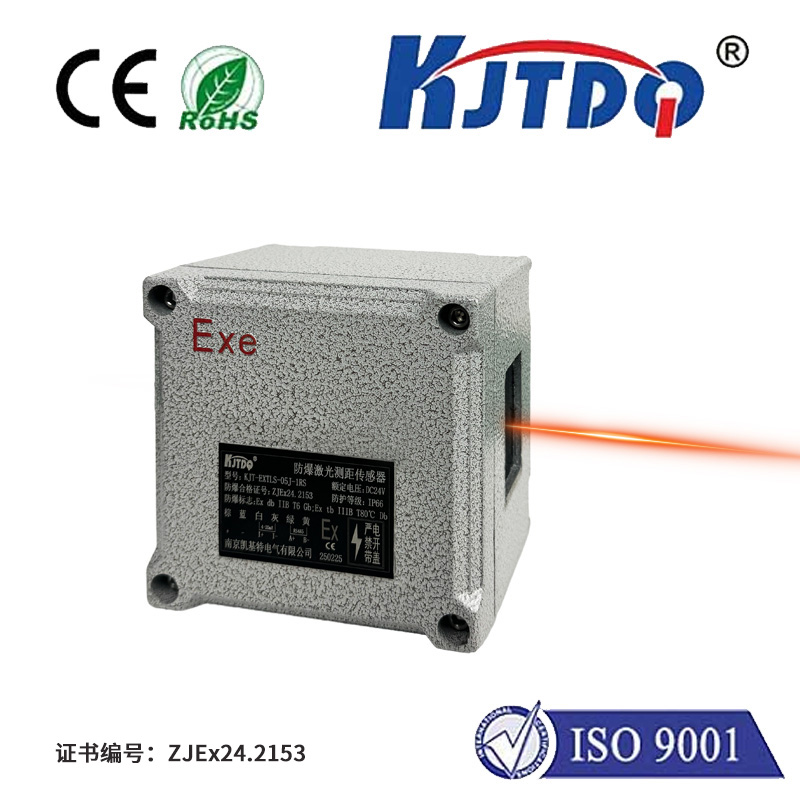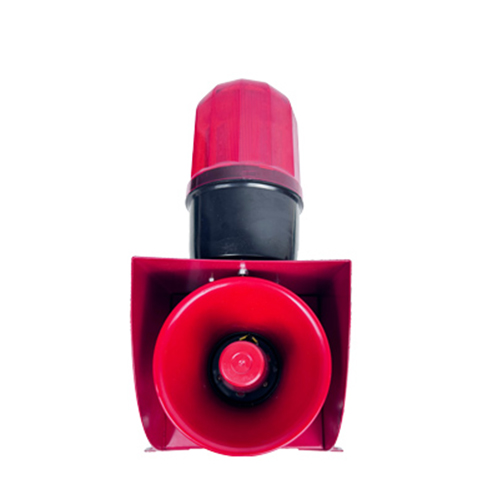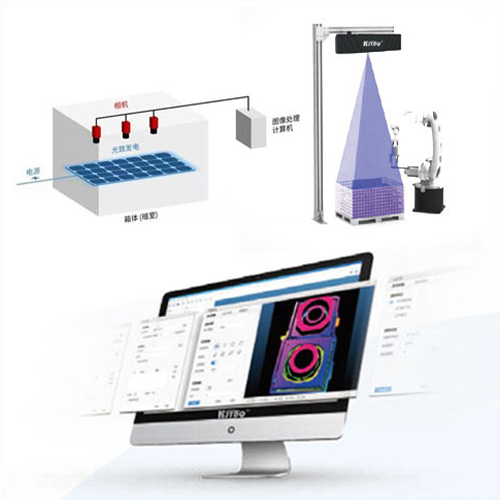cheap sensor proximity
- time:2025-09-09 05:05:15
- Click:0
Cheap Sensor Proximity: Democratizing Detection in a Connected World
Ever reached for your phone only to have the screen instantly light up? Or walked into a dimly lit room where the lights magically turn on? The silent, often unnoticed hero behind these conveniences is frequently a proximity sensor. Once confined to high-end industrial applications or premium consumer electronics, advancements have ushered in an era of remarkably cheap sensor proximity technology. This accessibility isn’t just about cost reduction; it’s fundamentally changing how we interact with devices and integrate intelligence into everyday objects.
Understanding the Core: What is Proximity Sensing?
At its simplest, proximity sensing involves detecting the presence or absence of an object within a defined range without physical contact. Sensors achieve this using various principles, with infrared (IR), capacitive, and ultrasonic being among the most common types for affordable applications.

- Infrared (IR) Proximity Sensors: These work by emitting an IR beam. If an object is nearby, the beam reflects back to a receiver on the sensor. The intensity of the reflected beam indicates proximity. They are widely used, inexpensive, and effective for short-range detection but can be susceptible to ambient light interference.
- Capacitive Proximity Sensors: These detect changes in an electrical field. When an object (especially conductive ones, but many work on non-conductive too) enters this field, it alters the capacitance, triggering detection. Excellent for non-contact detection through materials like glass or plastic, making them ideal for touchless interfaces.
- Ultrasonic Proximity Sensors: Emitting high-frequency sound waves and measuring their echo time, these sensors calculate distance. They offer reliable detection over slightly longer ranges than typical IR sensors and work well with objects of varying materials, though sound-absorbing surfaces can pose challenges.
The Power of Affordability: Why Cheap Proximity Sensors Matter
The proliferation of low-cost sensor proximity solutions is a catalyst for innovation far beyond mere convenience. Here’s why their affordability is transformative:
- Mass Market Consumer Electronics Integration: What was once a feature reserved for flagship smartphones is now commonplace in budget models. Automatic screen blanking during calls or gesture recognition for scrolling relies on these inexpensive proximity detectors. They enhance user experience while managing power efficiently.
- Explosion in DIY & Maker Projects: Hobbyists, students, and tinkerers now have easy access to reliable proximity detection. Platforms like Arduino and Raspberry Pi effortlessly integrate these cheap sensors, enabling projects ranging from interactive art installations and smart home automations to simple robotics and security systems. This democratizes access to technology previously requiring significant investment.
- Improved Accessibility: Affordable proximity sensor technology plays a crucial role in developing assistive devices. Touchless switches for individuals with limited mobility, presence detection for automatic door openers, or non-contact controls in sanitary environments all benefit from cost-effective sensing solutions.
- Smart Home Proliferation: The smart home revolution heavily leans on sensors. Cheap proximity detectors enable features like automatic faucets, touchless soap dispensers, under-cabinet lighting that activates as you approach, and smart toilets. This level of automation becomes financially viable for average homeowners thanks to cost-effective proximity sensing.
- Resource Conservation: Beyond convenience, cheap proximity sensors contribute to efficiency. Think about systems that only activate when someone is present: lights turning off automatically in unoccupied rooms, HVAC systems adjusting based on occupancy, or vending machines entering low-power mode. This leads to significant energy savings over time.
- Industrial Applications on a Budget: While high-precision industrial sensors remain crucial for critical tasks, low-cost proximity options are finding their place in simpler monitoring tasks, basic object counting, bin-level detection (non-critical), or presence verification on low-speed assembly lines where ultra-high accuracy isn’t paramount. This allows smaller businesses to automate affordably.
Choosing and Implementing Cheap Proximity Sensors Effectively
While affordable, selecting the right cheap proximity sensor requires consideration:
- Detection Range: Define the exact distance within which you need detection. Short-range (a few cm) IR or capacitive sensors are plentiful; ultrasonic may be needed for slightly longer distances (up to a meter or so affordably).
- Object Material: Capacitive sensors excel with conductive materials but modern versions detect many non-conductives. IR sensors work best with opaque objects. Ultrasonic handles a wide variety. Consider what you need to detect.
- Environmental Factors: Will there be dust, moisture, or strong ambient light? Some sensors are more robust than others. Look for appropriate IP ratings for harsh environments.
- Output Signal: Ensure the sensor’s output (digital on/off, analog voltage, PWM) is compatible with your microcontroller or system (Arduino, Raspberry Pi, PLC, etc.).
- Power Consumption: For battery-powered projects, ultra-low power consumption becomes critical. Evaluate the sensor’s operating and standby current.
The Future is Sensed (Affordably)
The trajectory of cheap sensor proximity technology points towards even smaller sizes, lower power requirements, enhanced robustness, and potentially integrated intelligence. As Artificial Intelligence and the Internet of Things (IoT) continue to evolve, these ubiquitous, affordable sensors will form the fundamental sensing layer feeding data to smarter systems. Imagine a network of inexpensive proximity sensors throughout a building dynamically managing energy use, or embedded in everyday objects for intuitive, context-aware interactions.
In essence, the democratization brought about by cheap proximity sensors is fueling a quiet revolution. They are embedding intelligence into the fabric of our daily lives, enabling automation, enhancing accessibility, and driving efficiency – all from a tiny, affordable package that works silently in the background. The barrier to entry has been dramatically lowered, opening doors for innovators and consumers alike to leverage the power of proximity awareness without breaking the bank.






